Bacteria can be deadly or useful. They can also intrinsically beautiful, thanks to the wild combination of colors and organic shapes they create when cultured. The Swedish artist Jan Klingler noticed as much, and decided to put his interest in microbiology to use by designing with these bacteria cultures.
Klingler’s experimentation led to the creation of two different lamps, each decorated by the bacteria found on specific people or places. One takes the form of a circular resin plate, which can be hung on a wall or sit on a table. The other looks like a laboratory instrument, with a flat bottom and an LED light at its mouth, fed by a cable that looks almost tube-like. But it’s the patterns and colors of the bacteria itself that takes center stage.
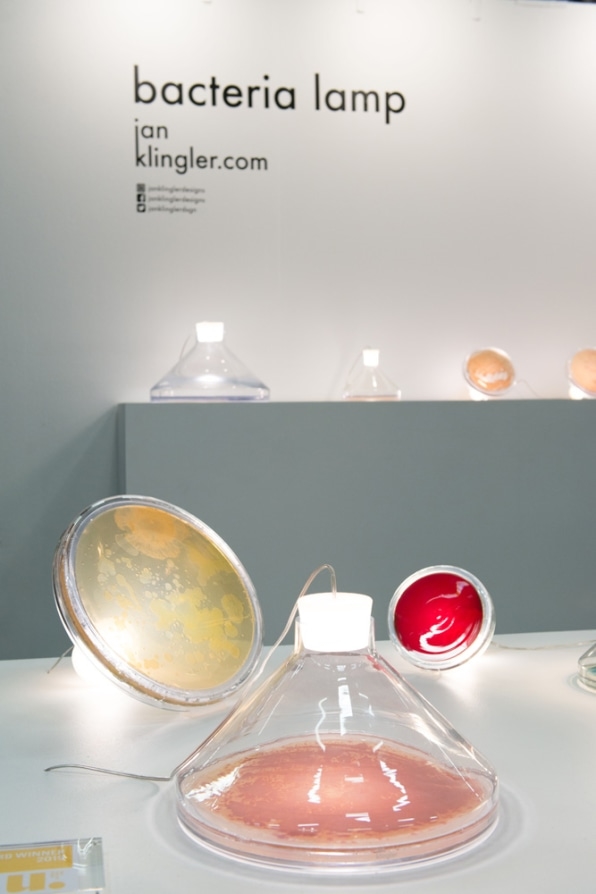
The lamps come from a very personal place, Klingler explains; they’re the result of a search for purpose and meaning in his creative work. After finishing his bachelor’s degree in design, he realized he didn’t want become a conventional designer, designing solely for his own pleasure. Instead, he went back to school, pursuing his master’s degree at Stockholm’s Konstfack University of Arts, Crafts and Design, where he focused on how to “create strong relationships between my creations and their new owners,” as he says over email.
During this process, he noticed things about his own belongings–like how he had been carrying along certain objects all his life that he’d never used, like a chess set he never learned to play or a bottle of aftershave that he never wore because it made him itchy. He kept them around because they evoked strong memories of his grandmother and grandfather. Klingler wanted to give the objects he designed a similar kind of meaning, and realized he could use bacteria to do so.
“We all consist of 10 times more bacteria than human cells,” he tells me, “every living being and place has its own unique and personal microbiological fingerprint. In a crossover between science, art, and industrial design, I created the bacteria lamp which uses this fact to create stand out conversational pieces.”
Each lamp Klingler makes begins when he collects samples from people, places, or things that hold significance to someone’s life. He cultivates cultures out of those samples using resin discs–feeding them with agar, a seaweed-derived gelatine, for food. Once Klingler is satisfied with the results, he places another transparent disk on top, sealing the culture from the open air and stopping their growth. This organic process makes each piece completely unique, with wildly different colors and shapes. They become a physical manifestation of the original person, place, or object.
“I am planning to grow future unique pieces in the form of commissioned work,” he explains, “may it be the location of a first date, a personal souvenir from a memorable journey, or the reminder of loved one far away–the possibilities are as individual as each one of us.”
Klingler’s work is part of the Young Swedish Design 2019 exhibition at ArkDes, the Swedish Centre for Architecture and Design in Stockholm, which you can see until the end of March.
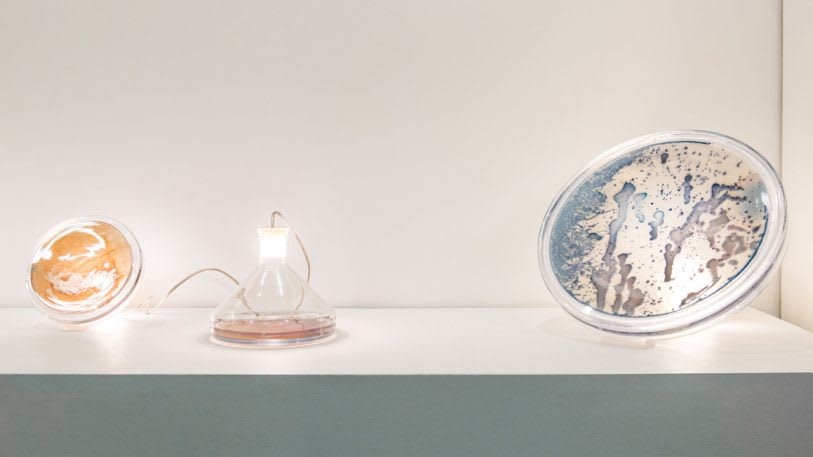
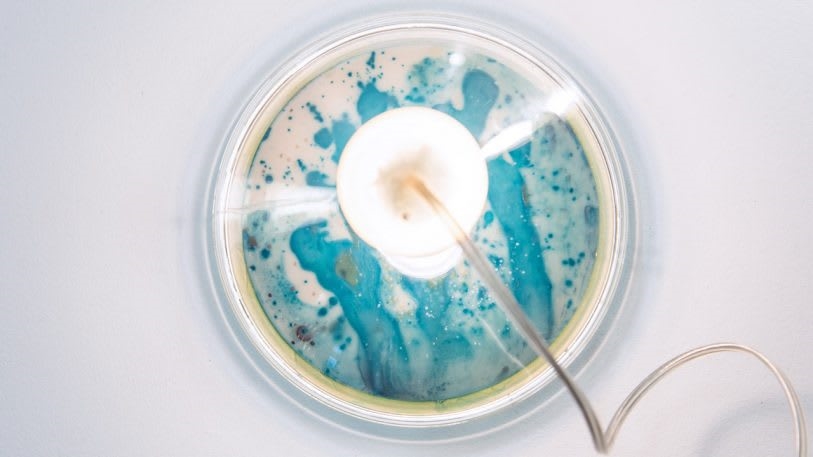
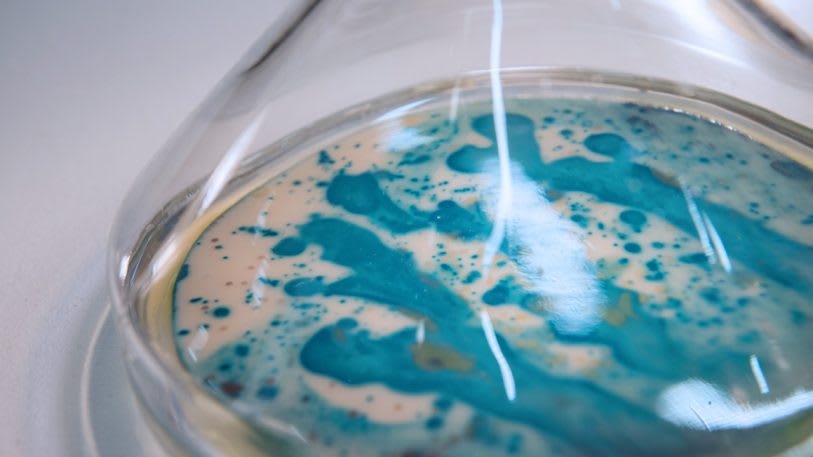
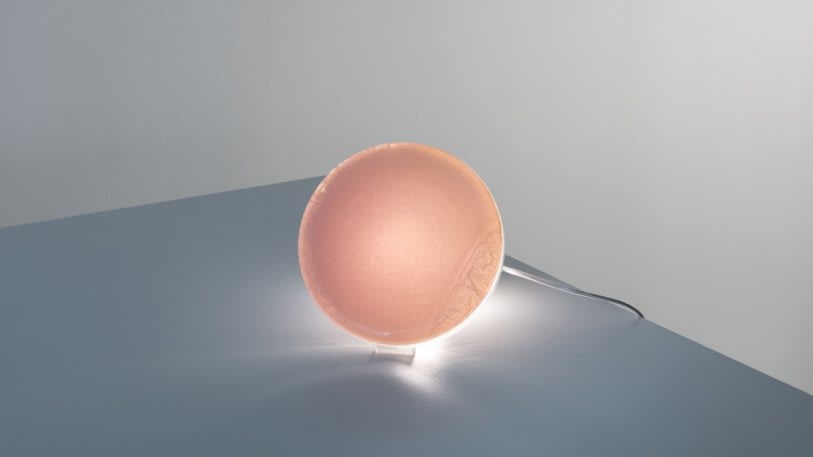
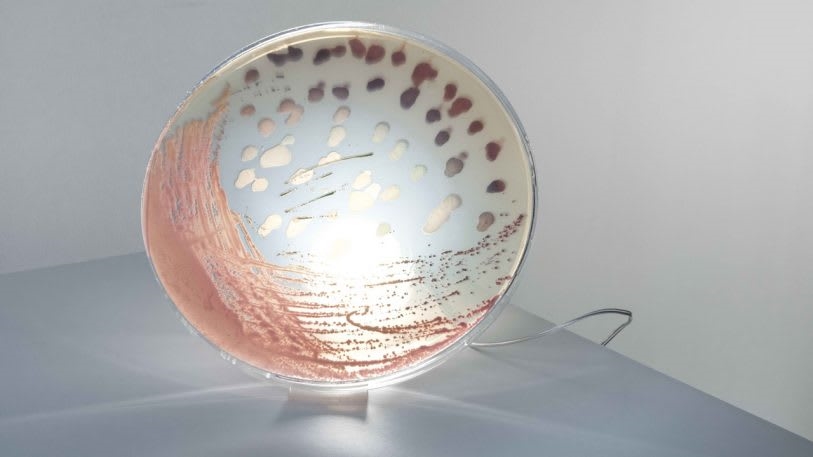
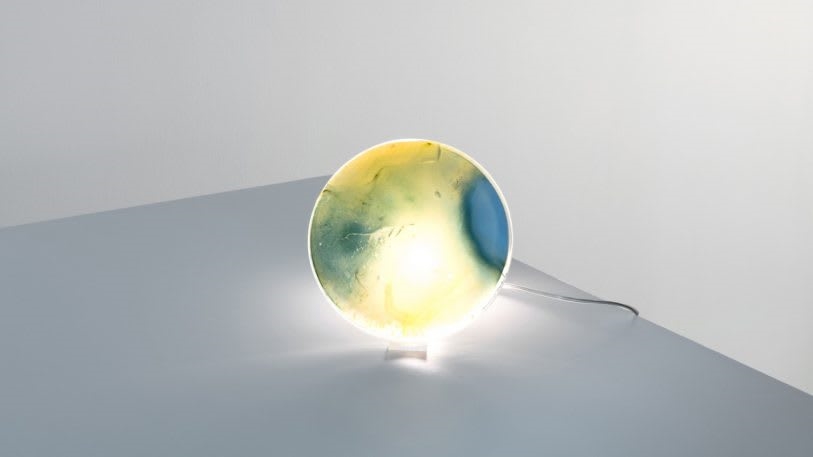
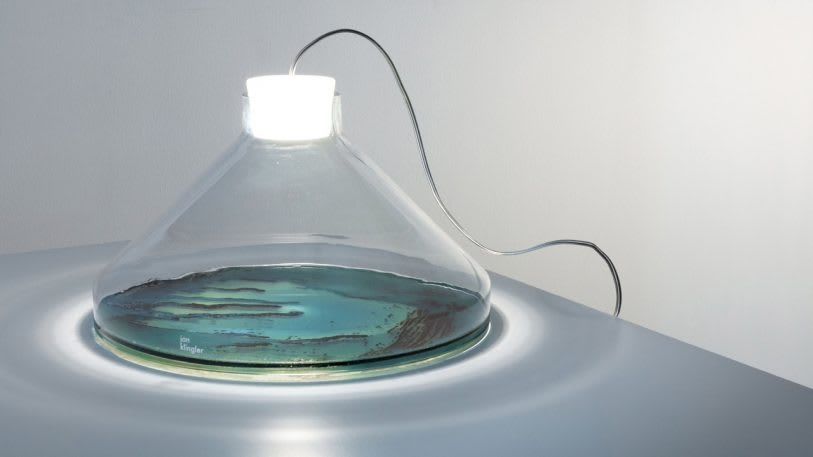
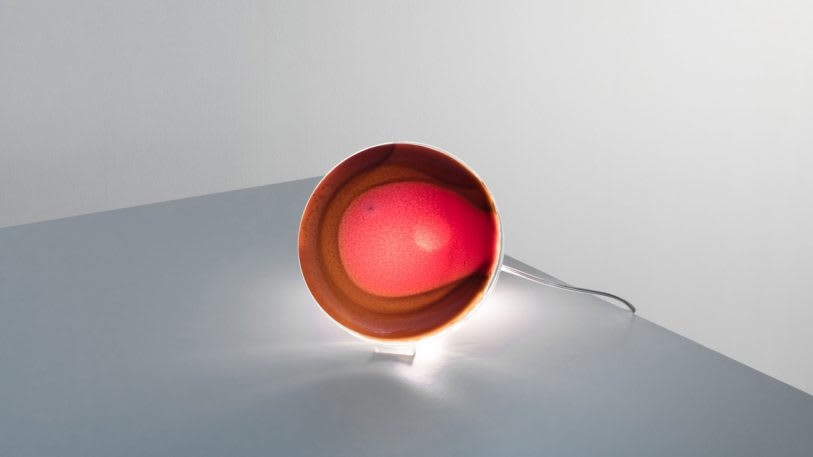
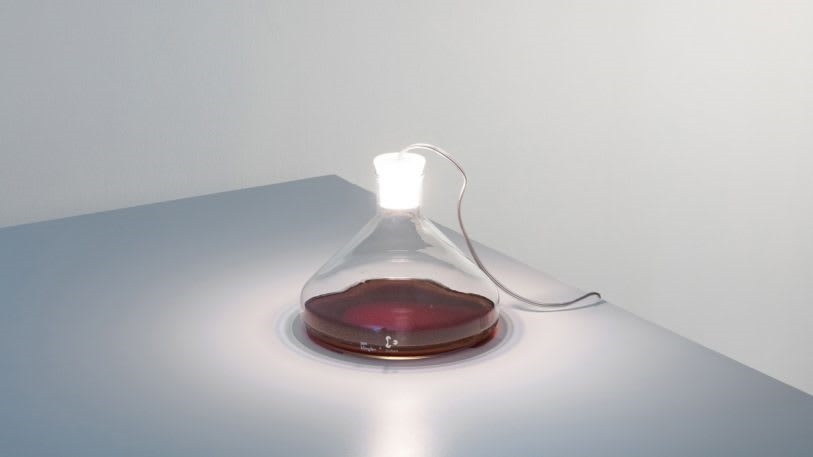
Fast Company , Read Full Story
(23)